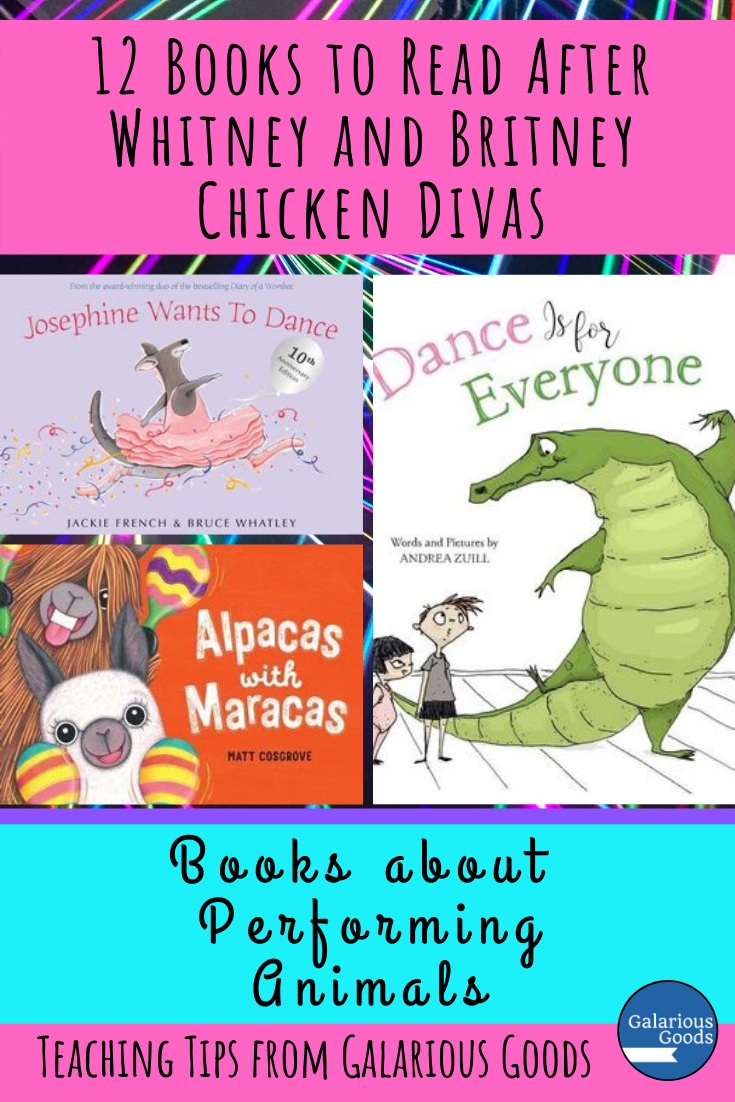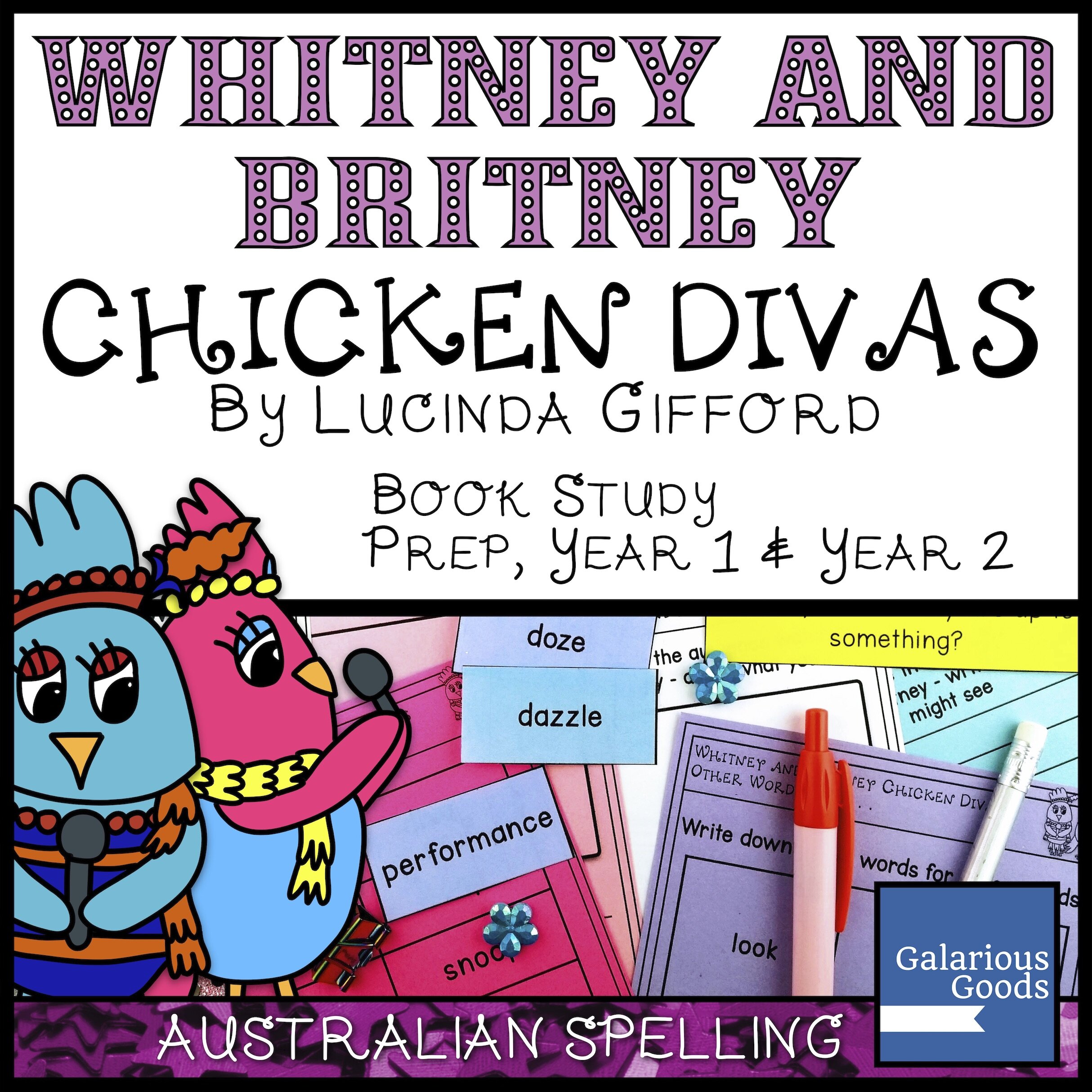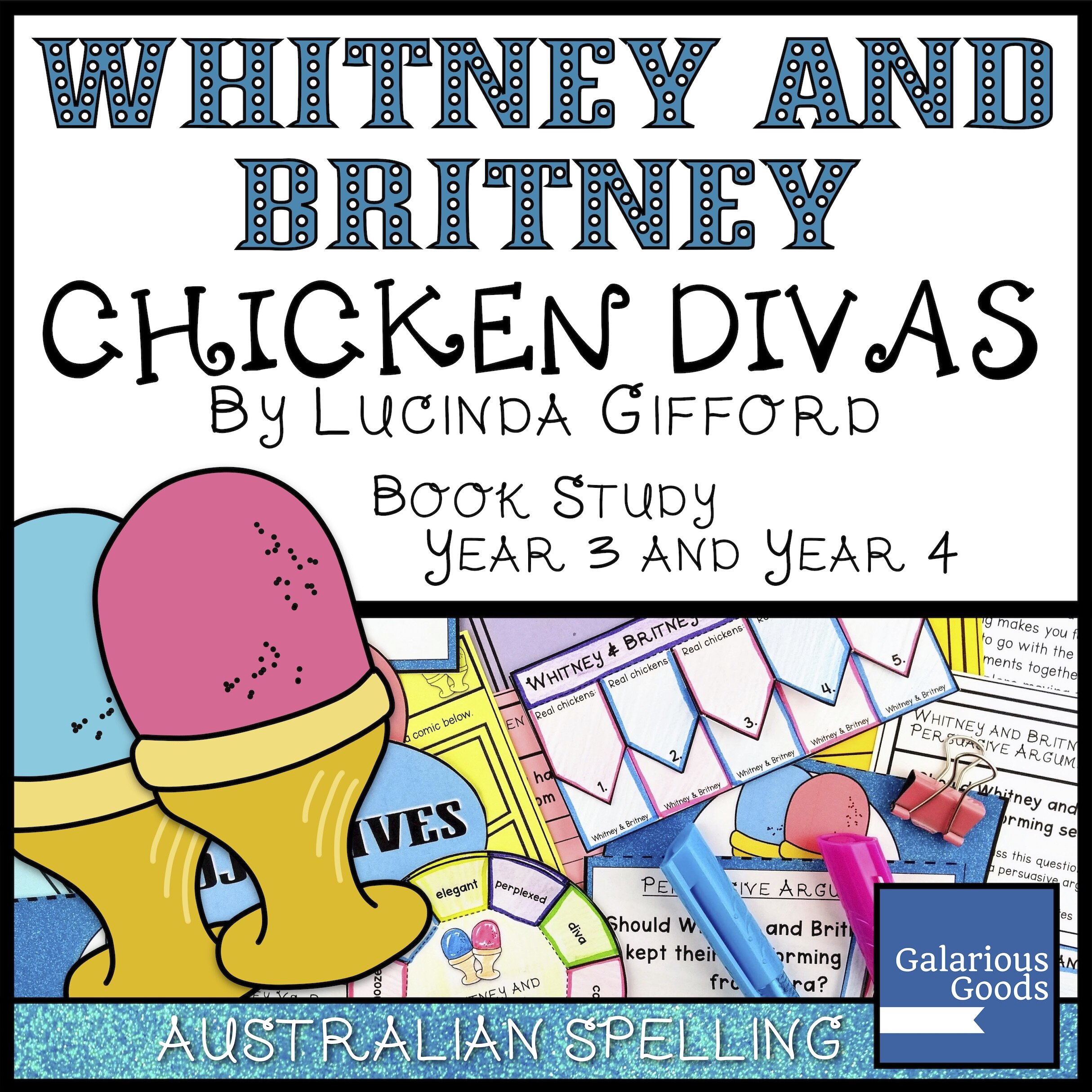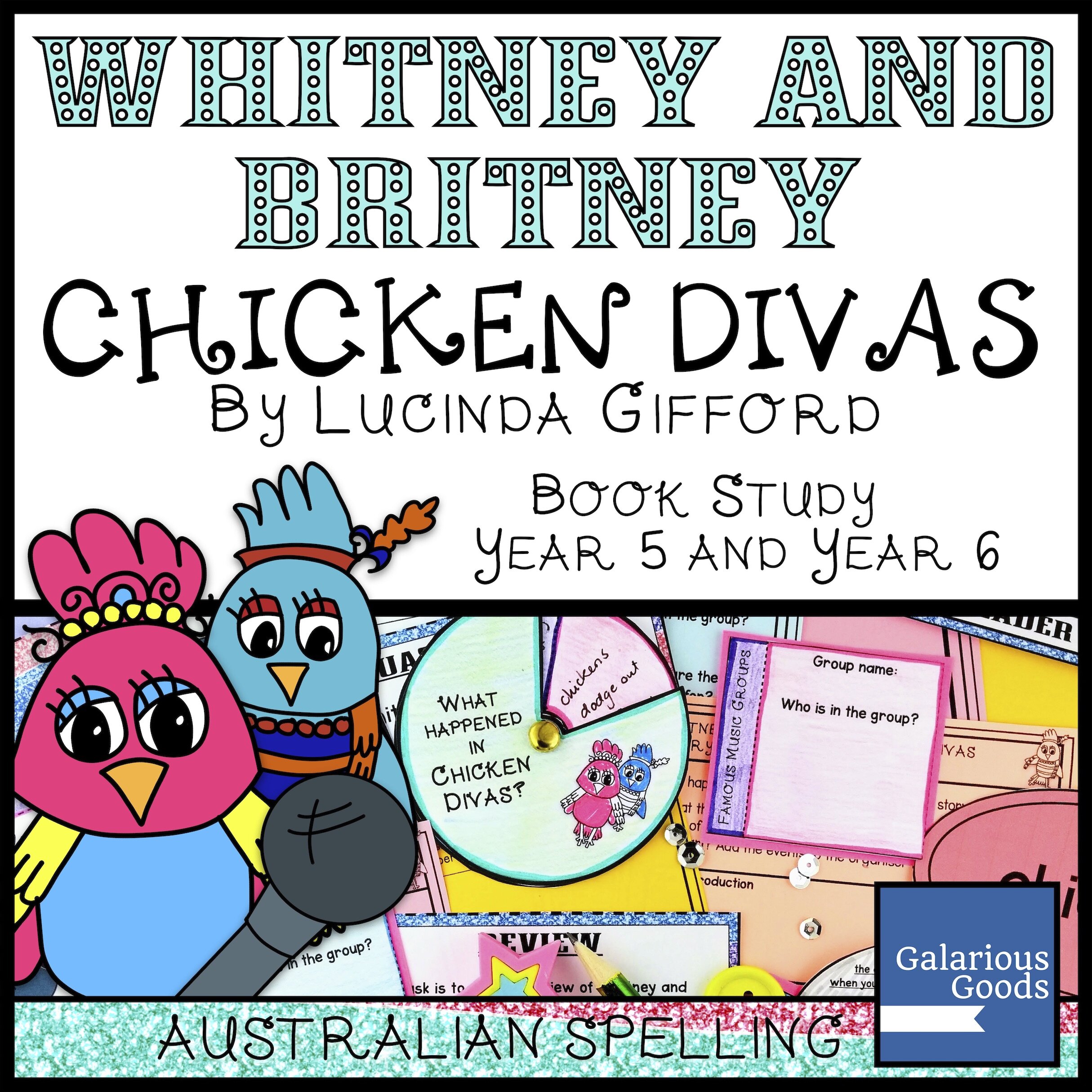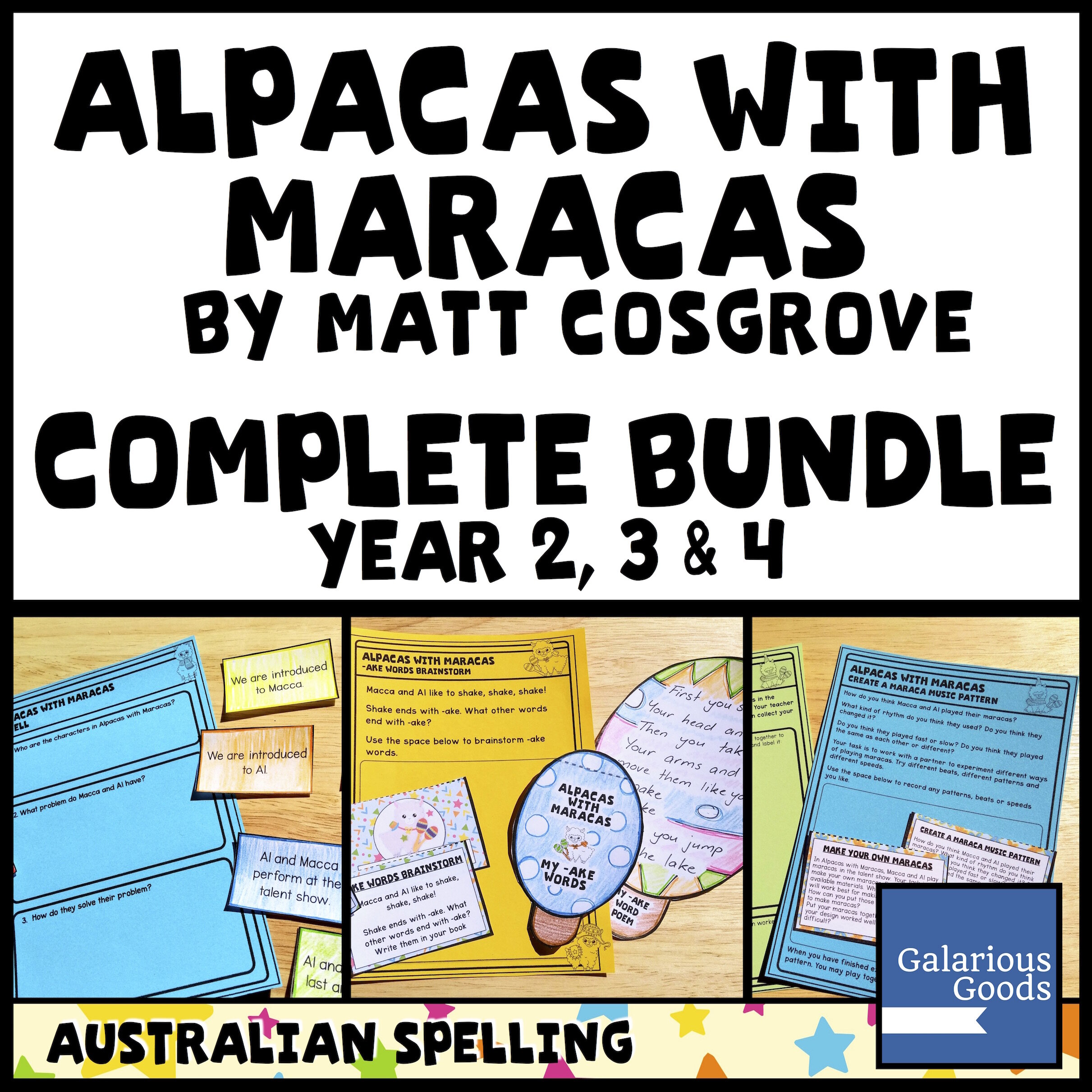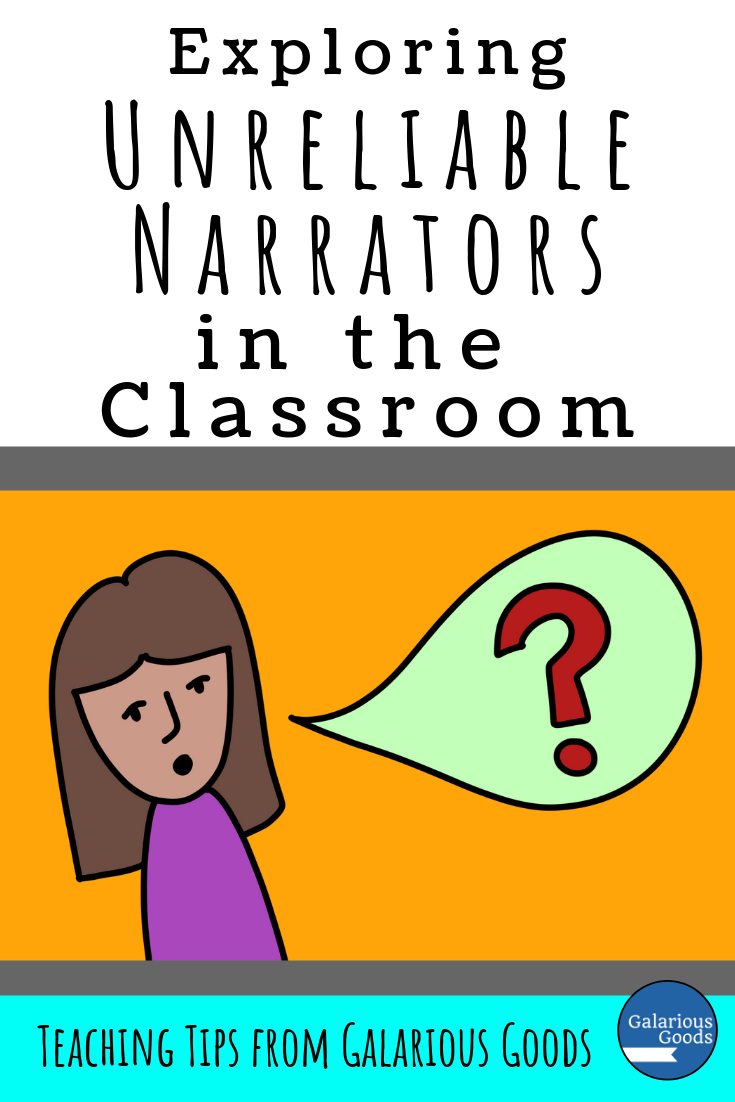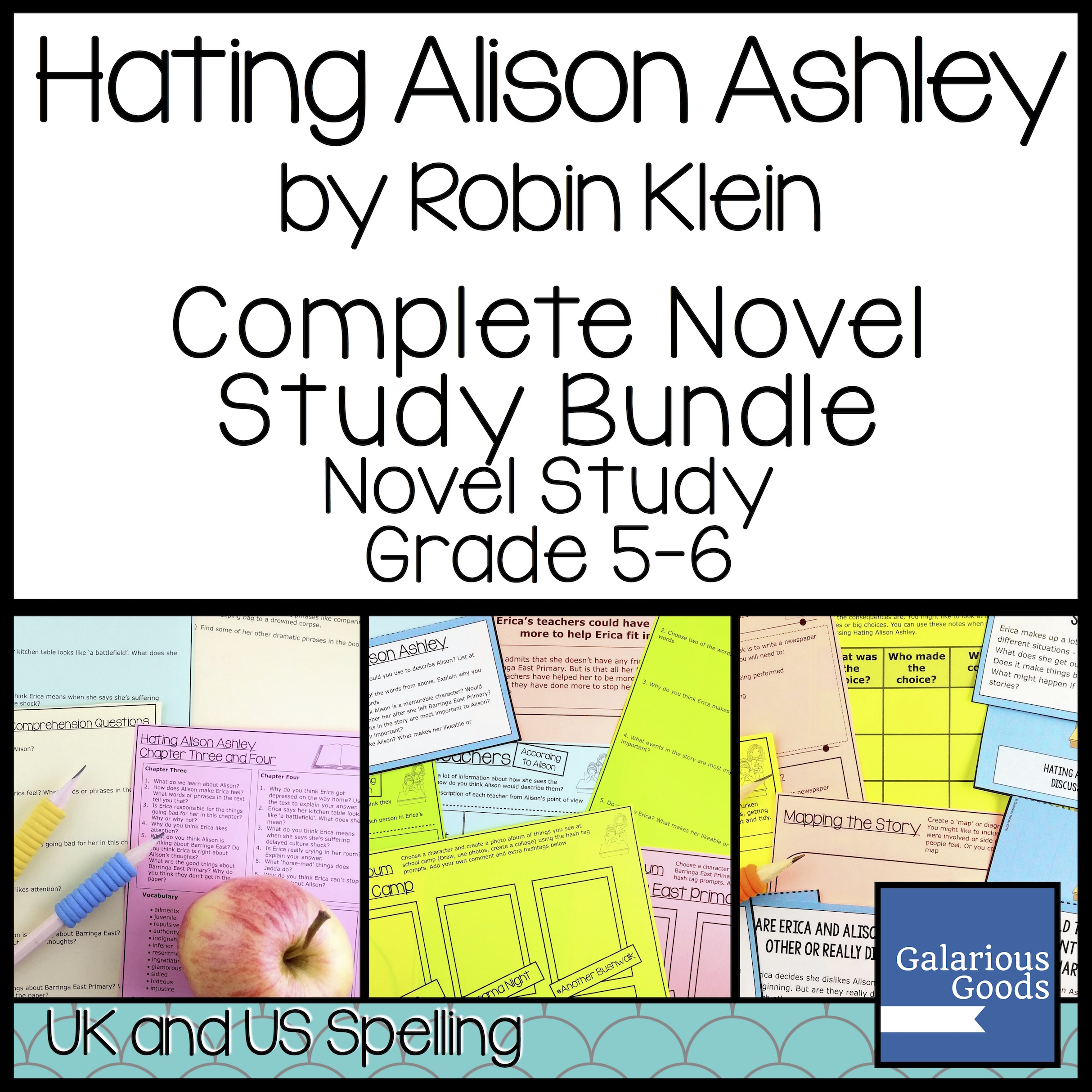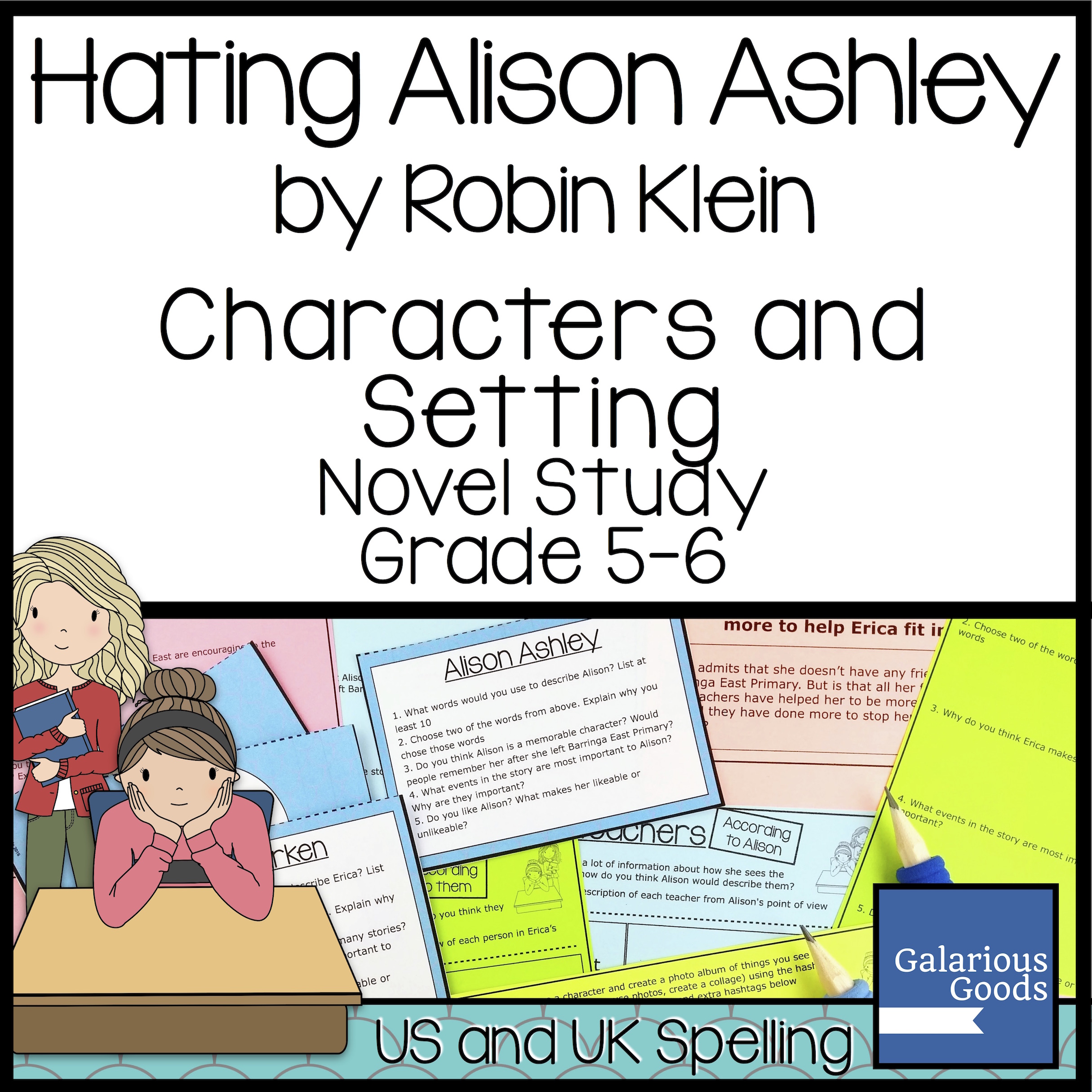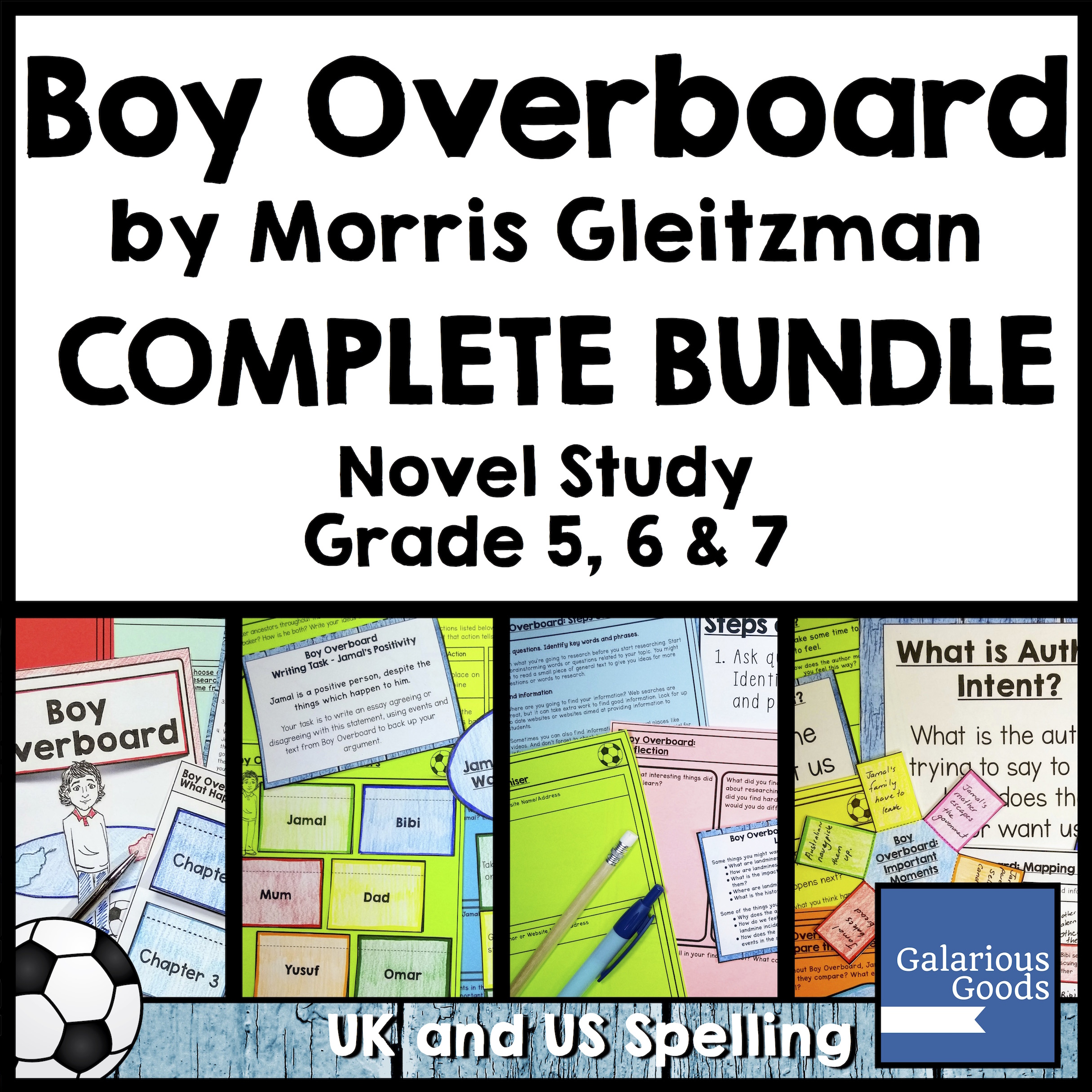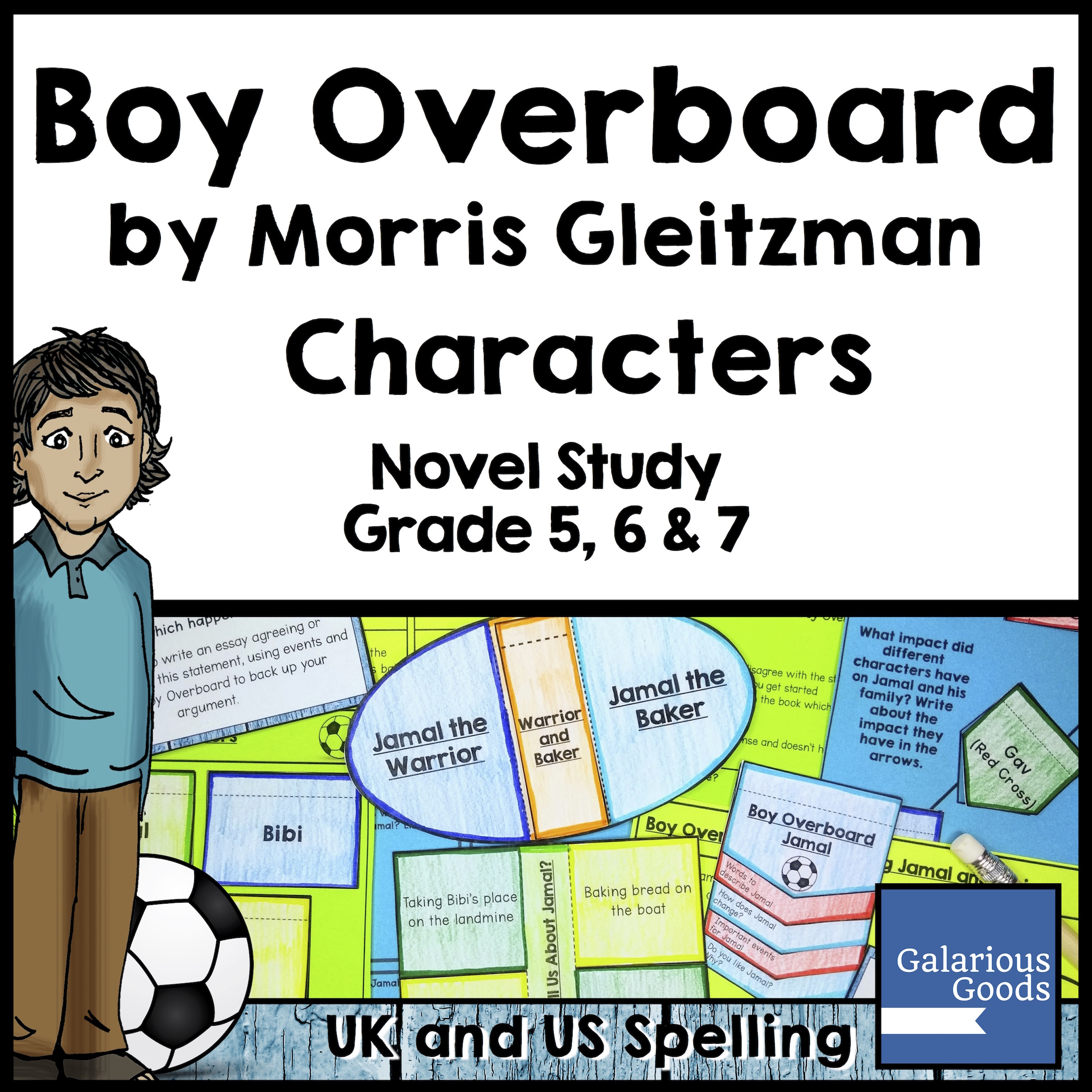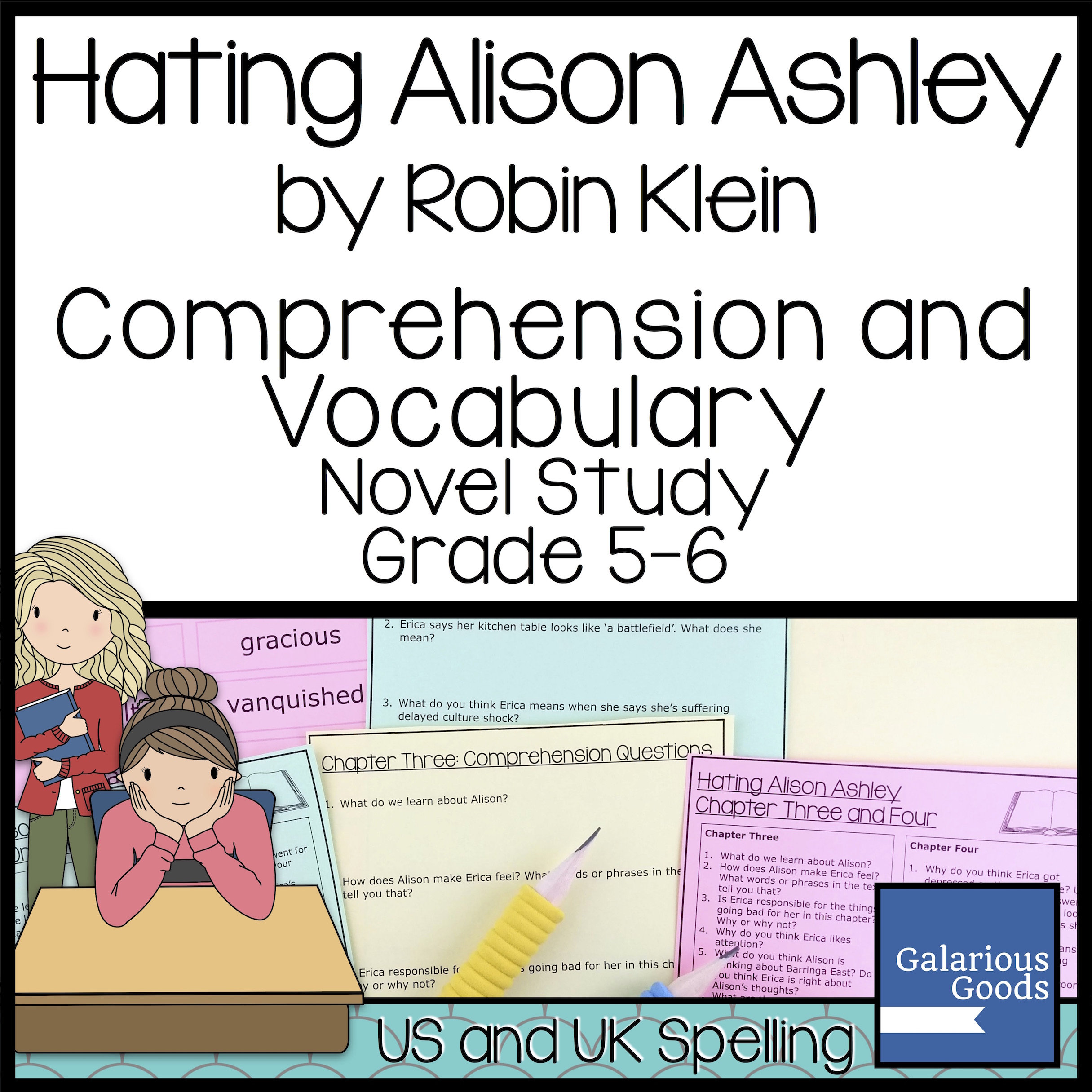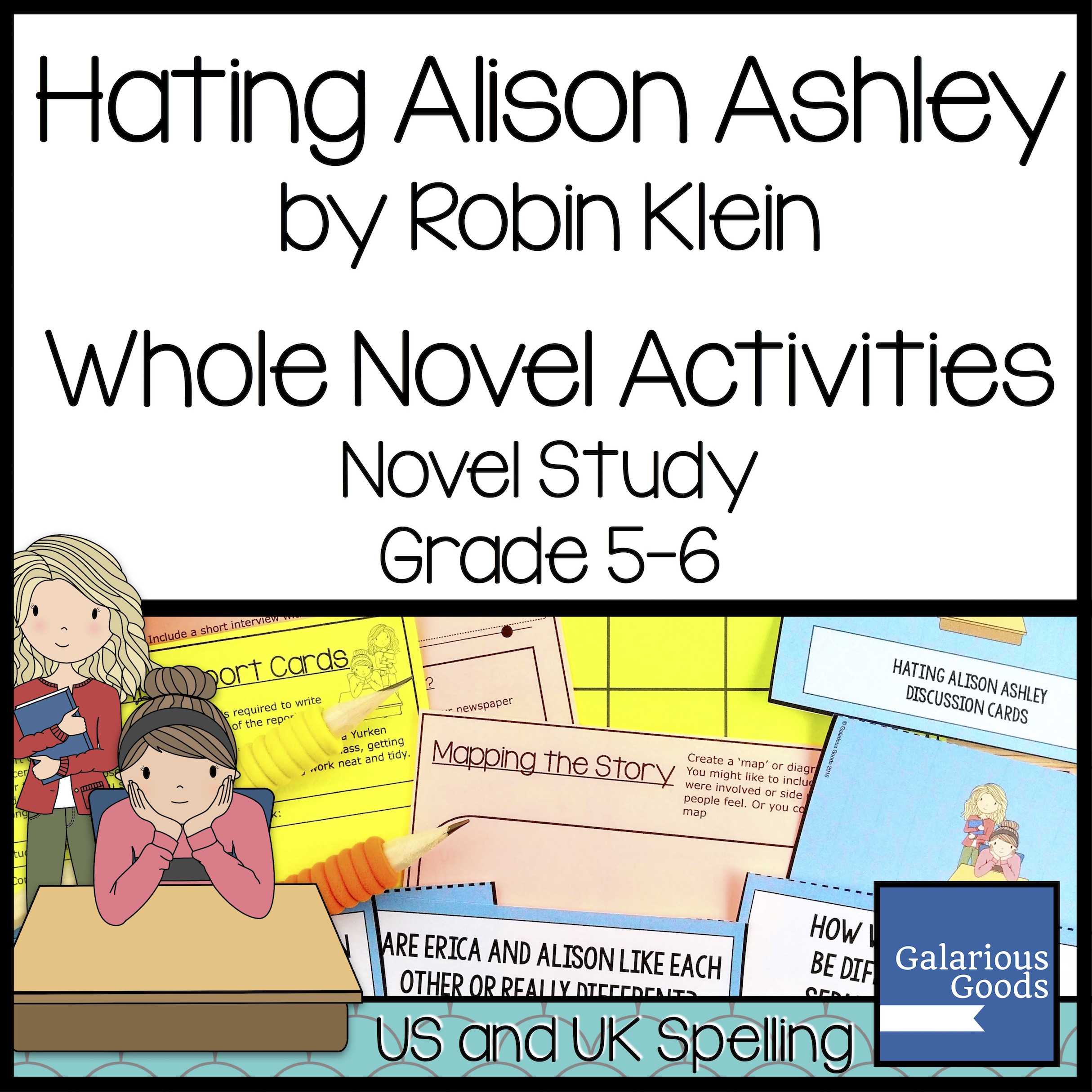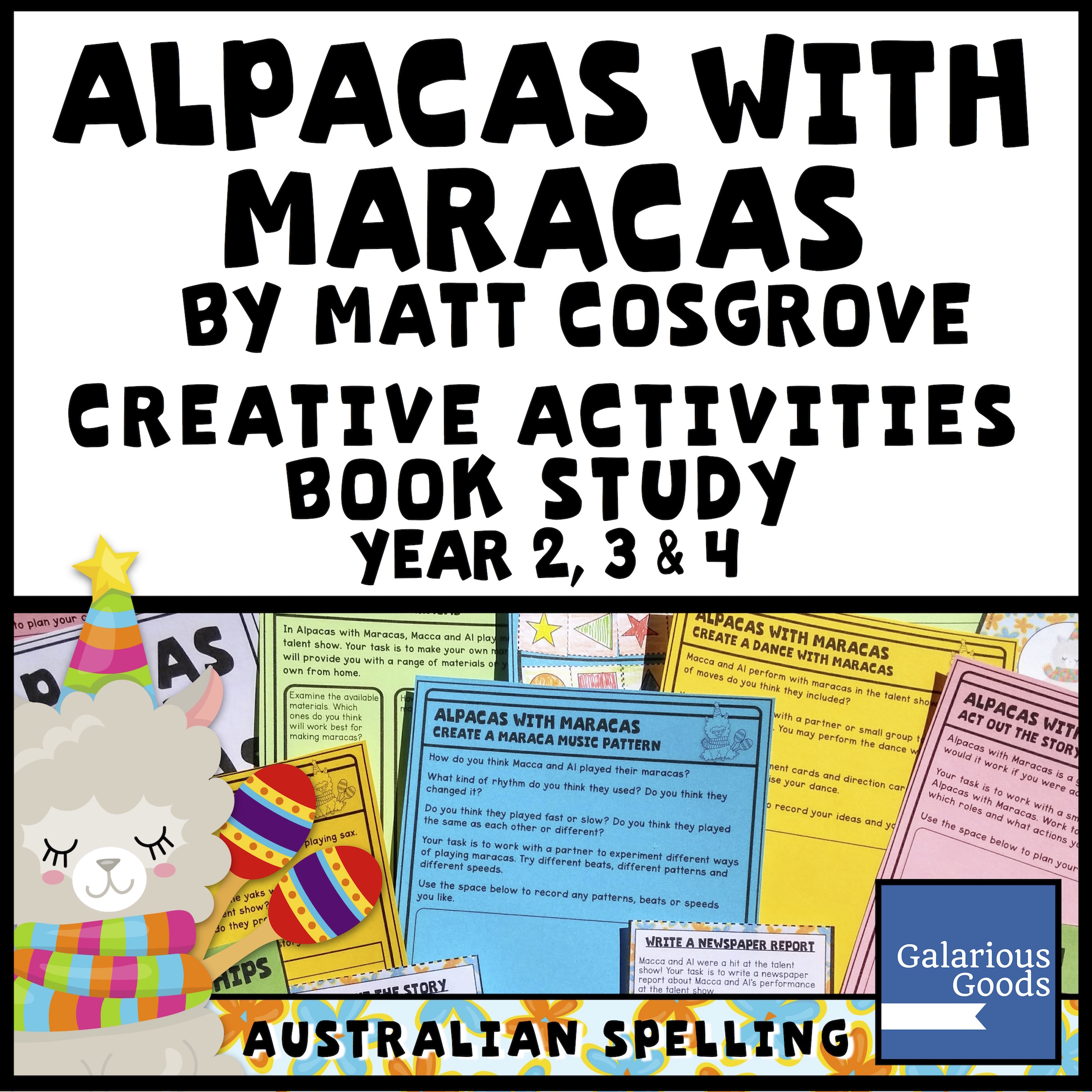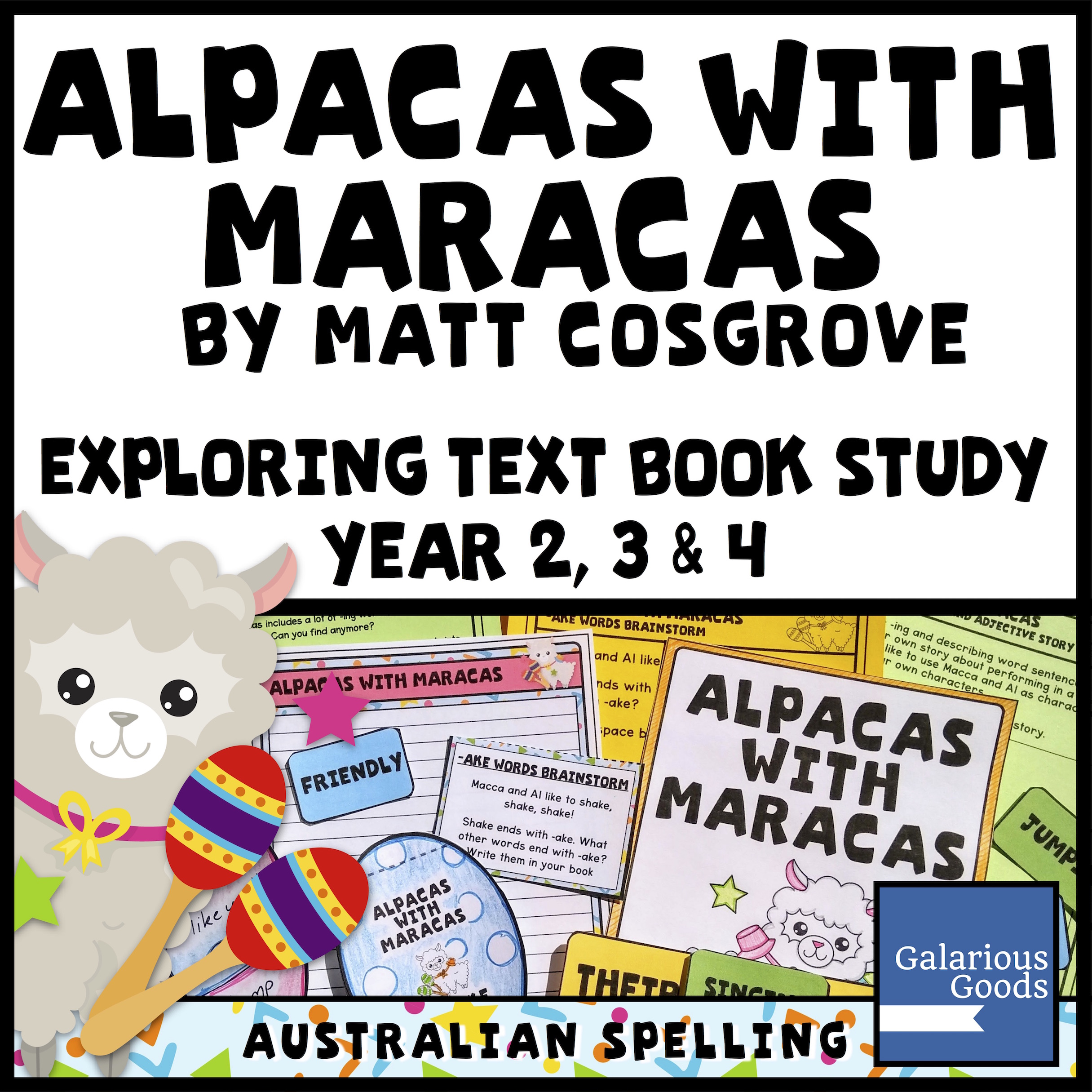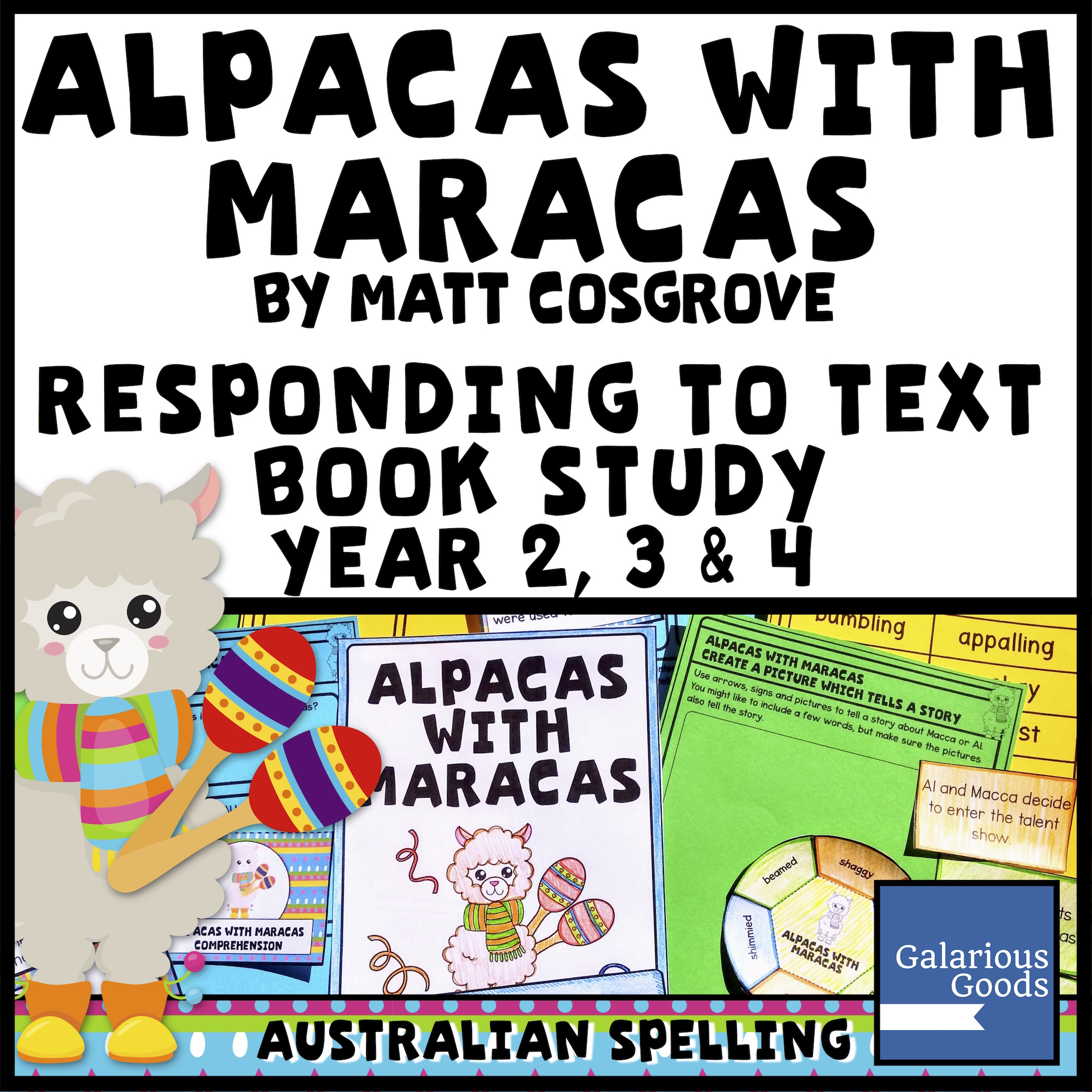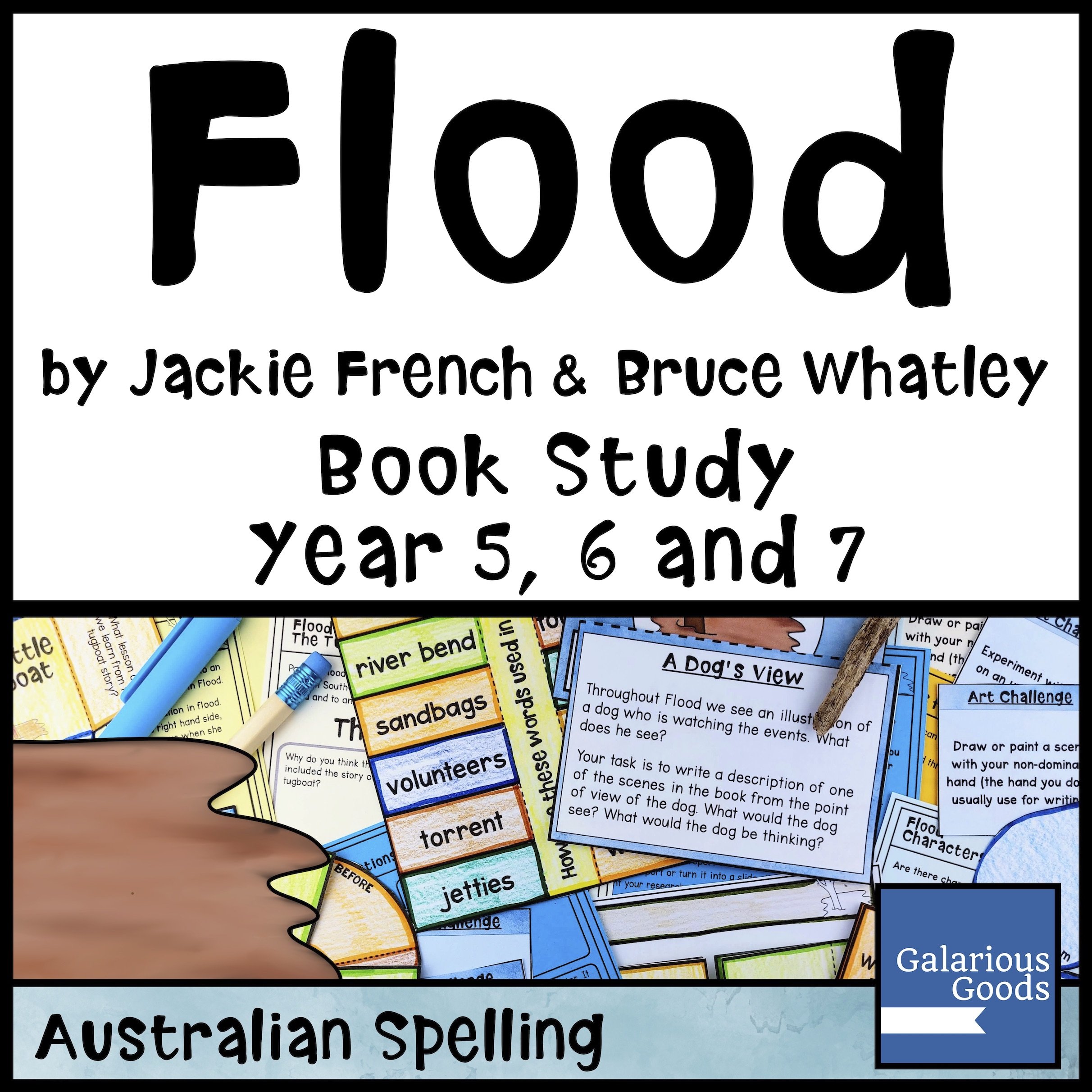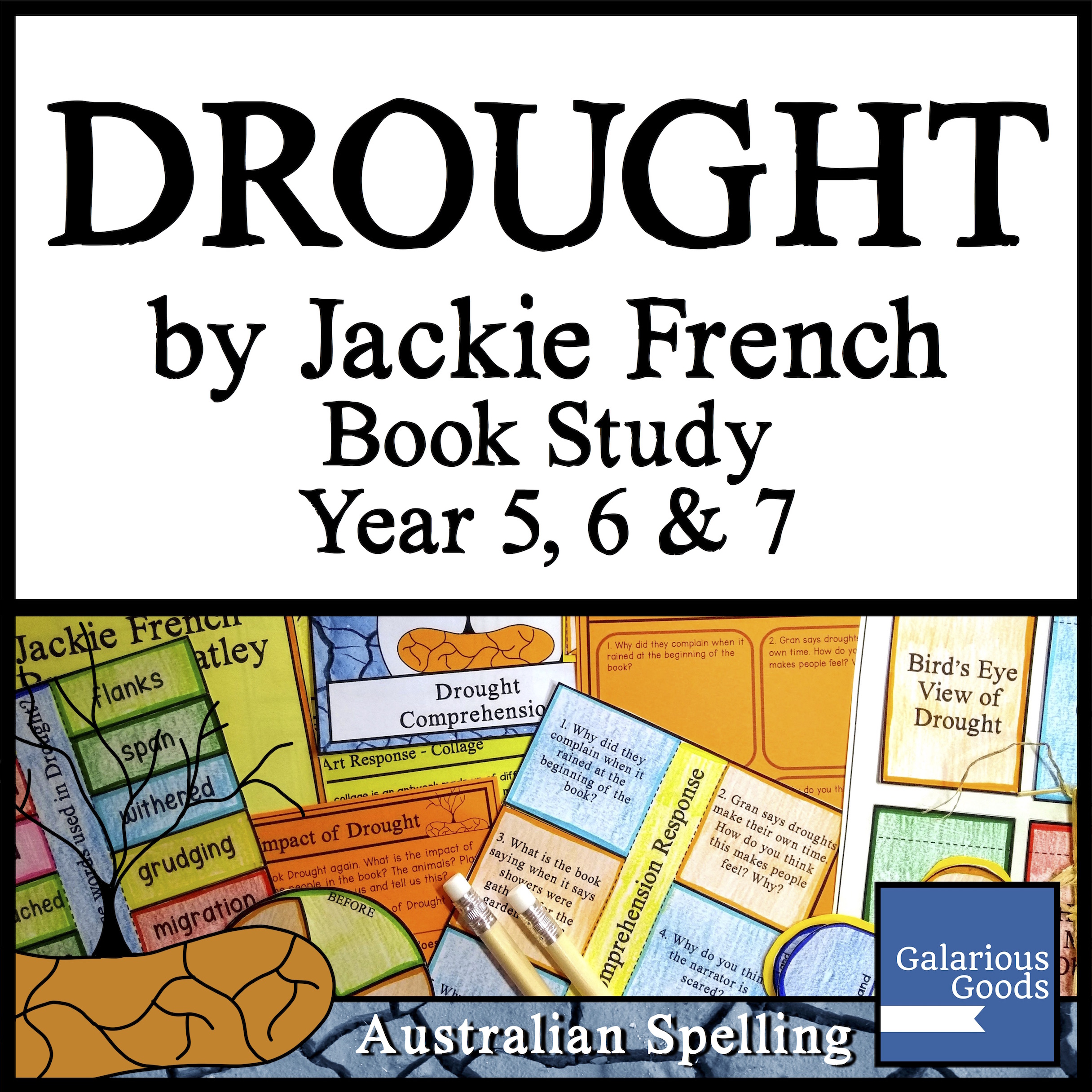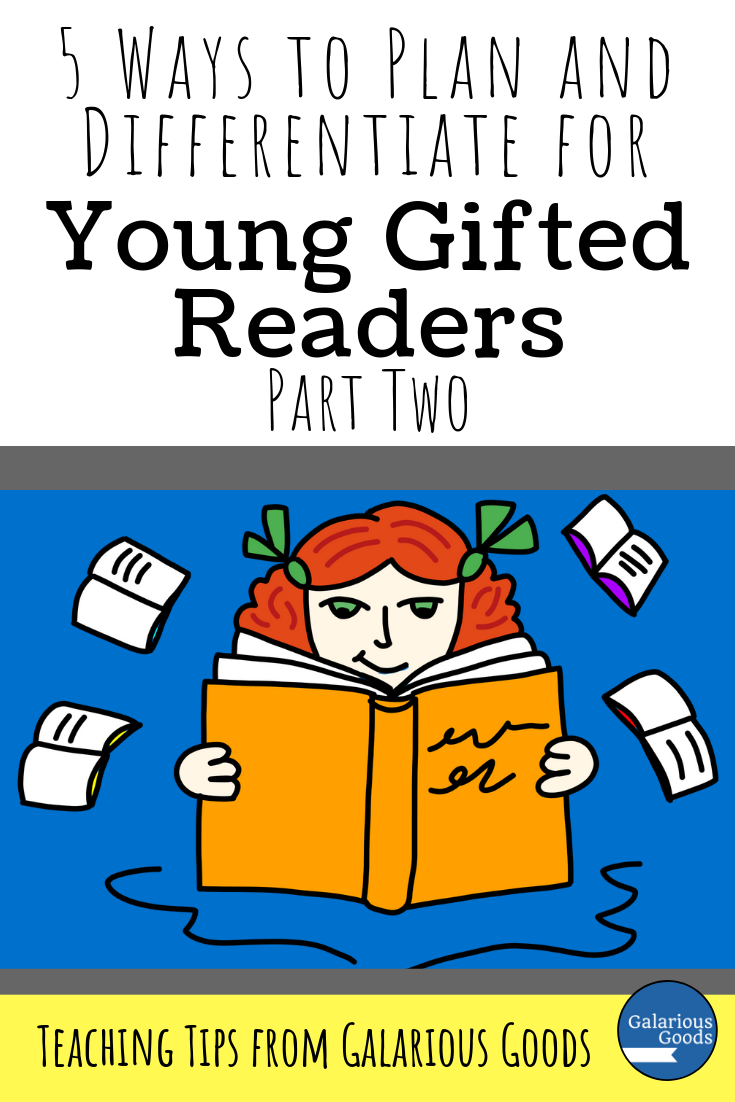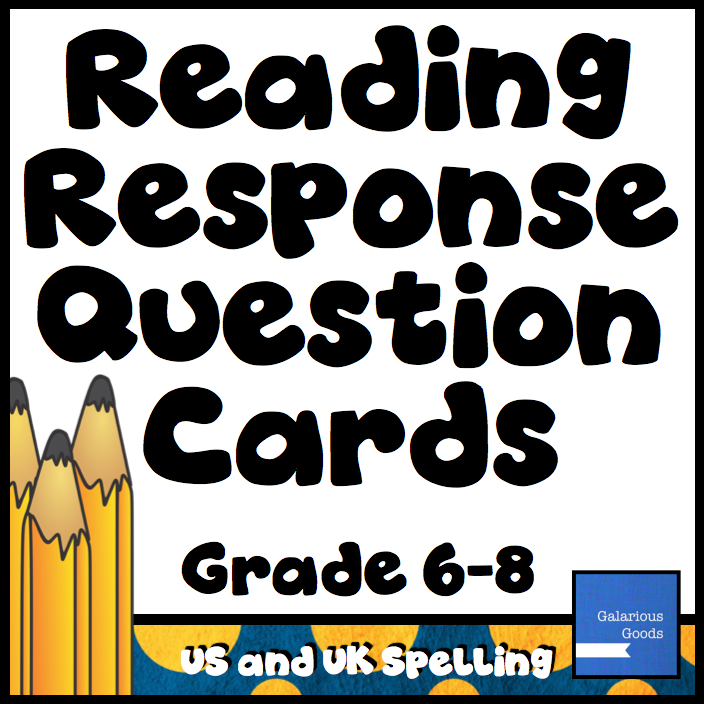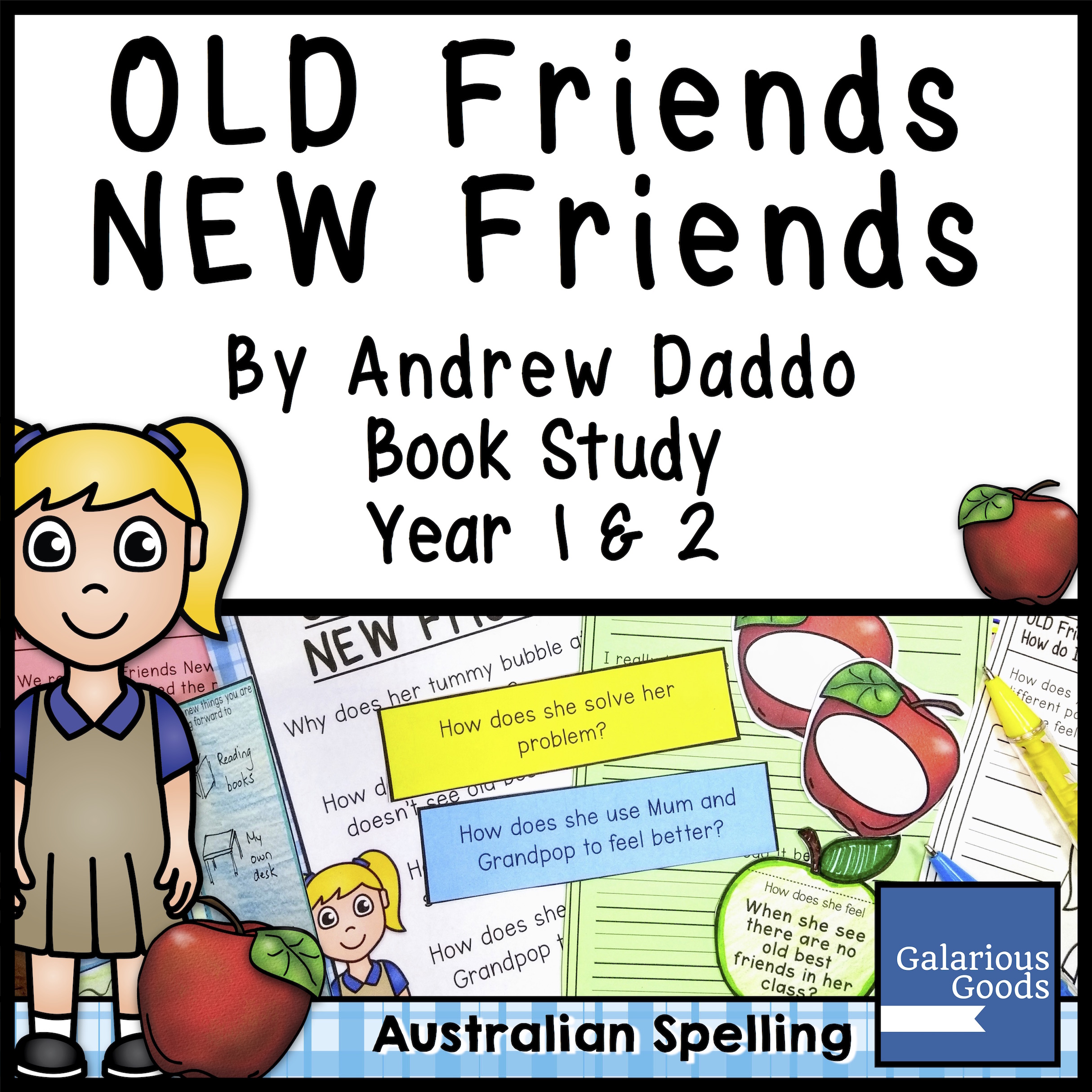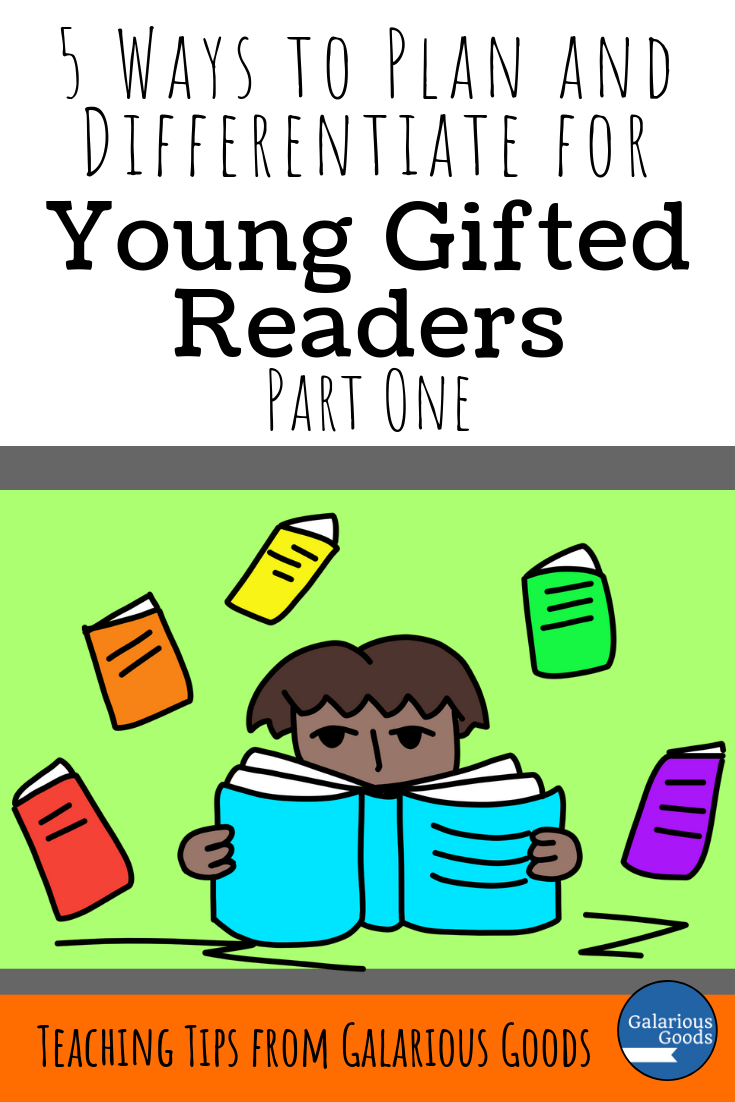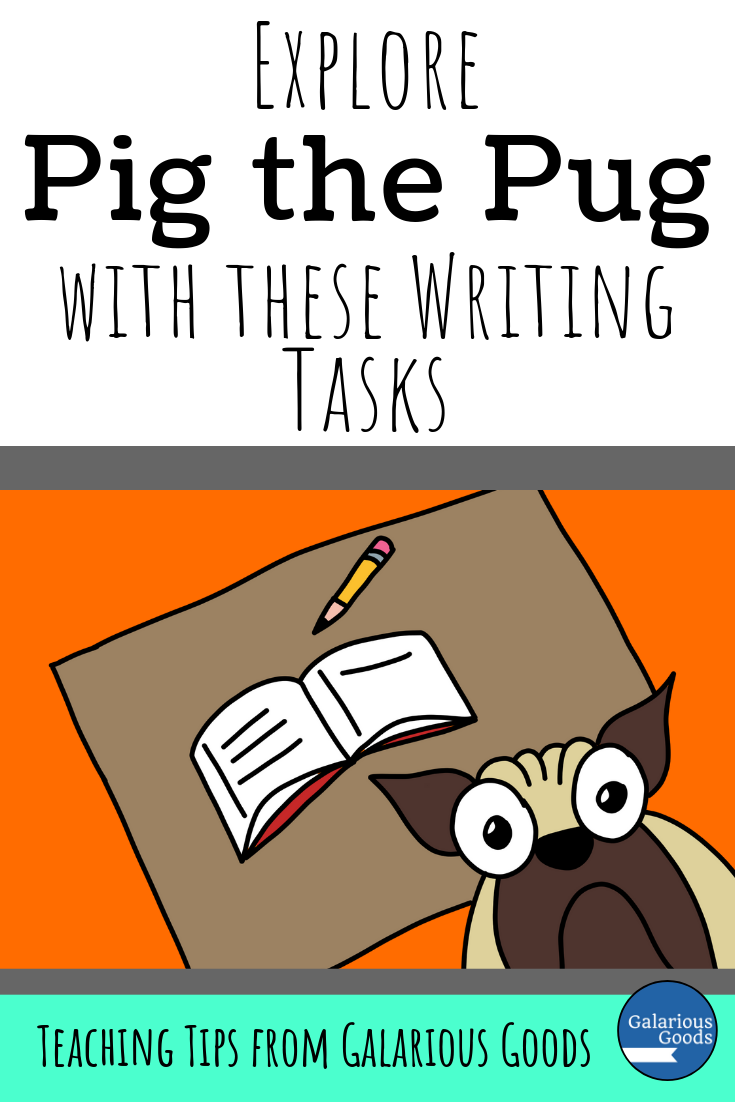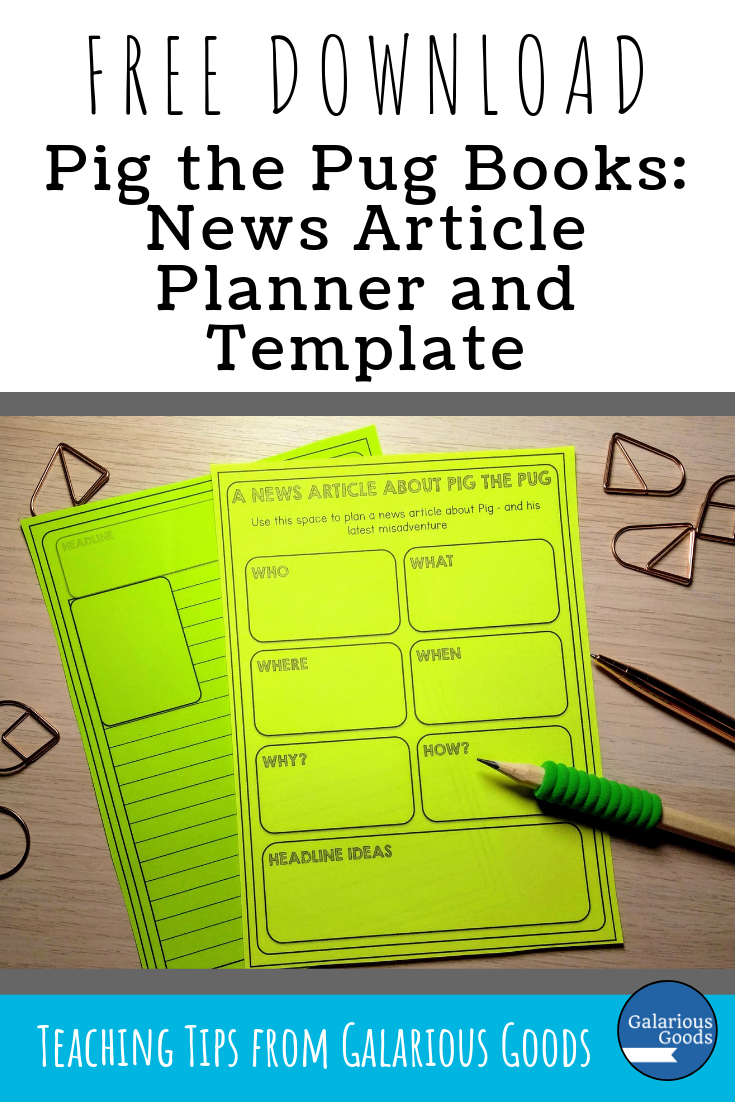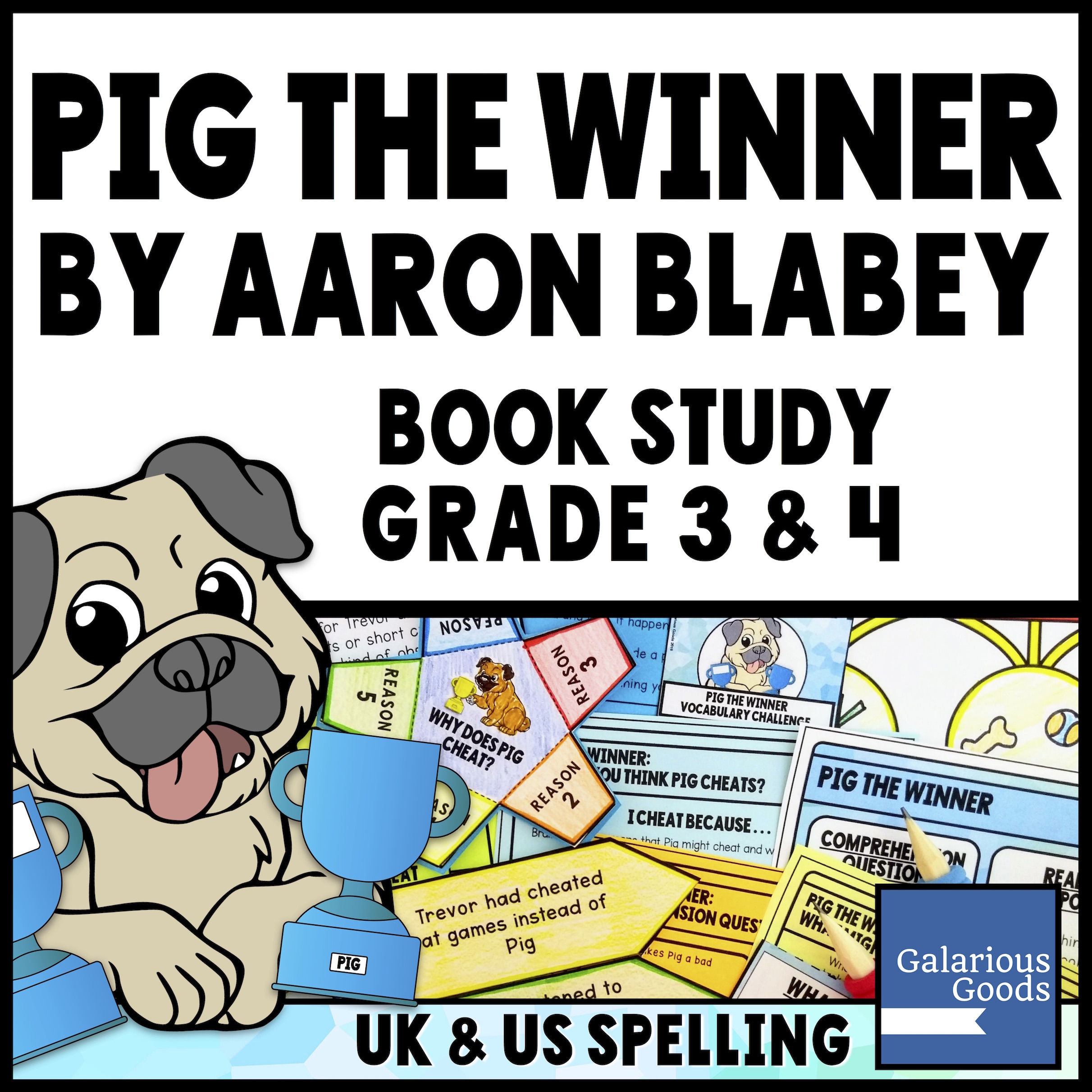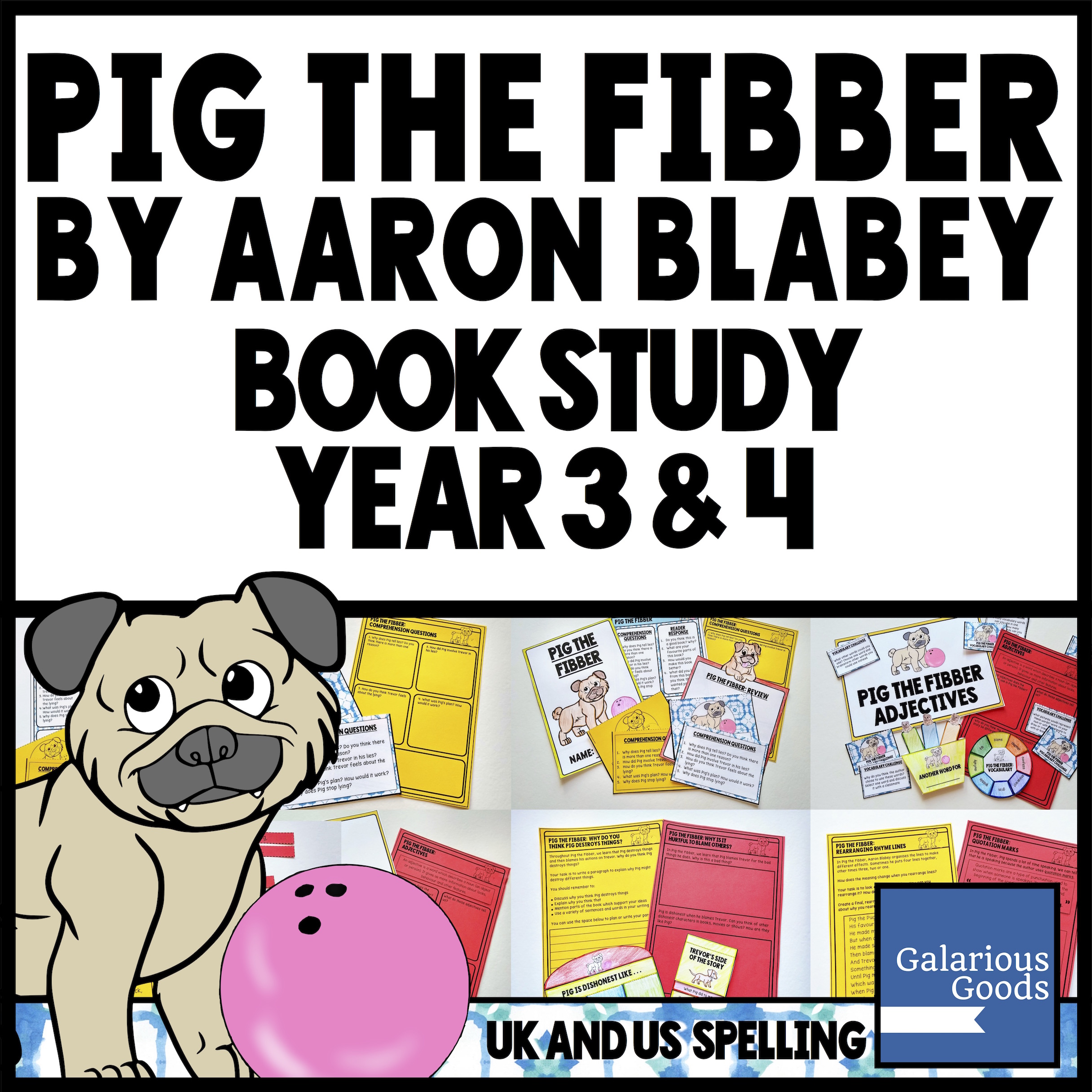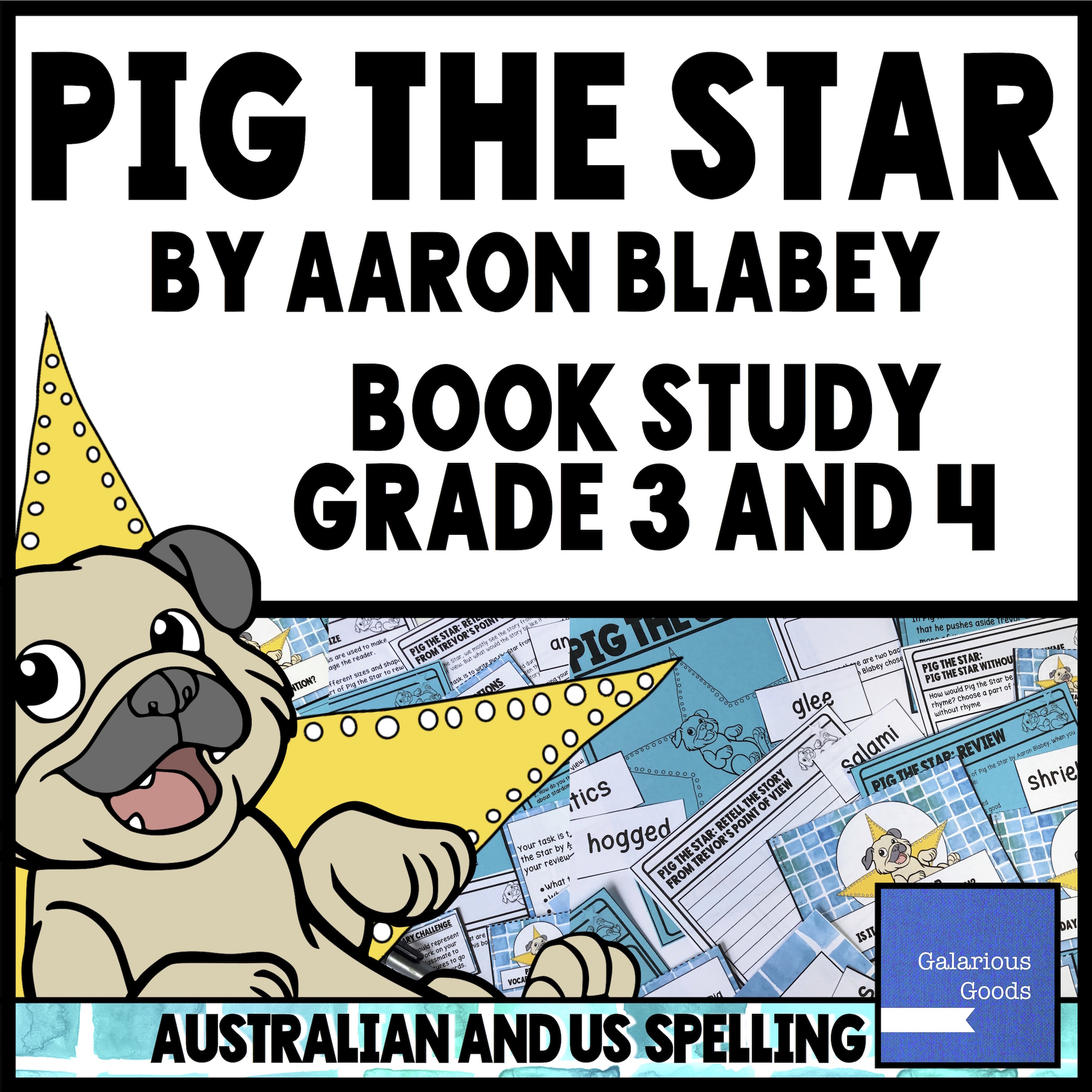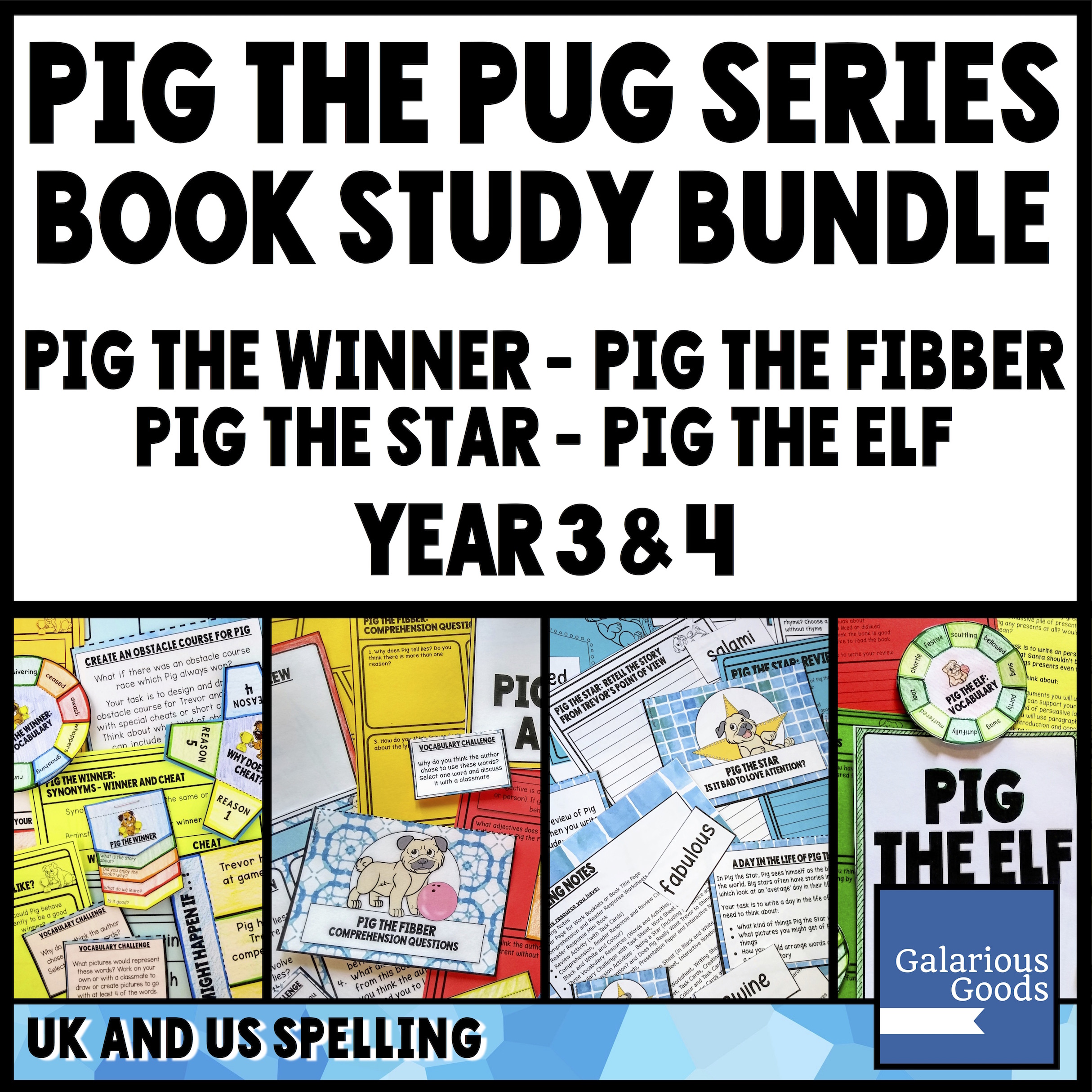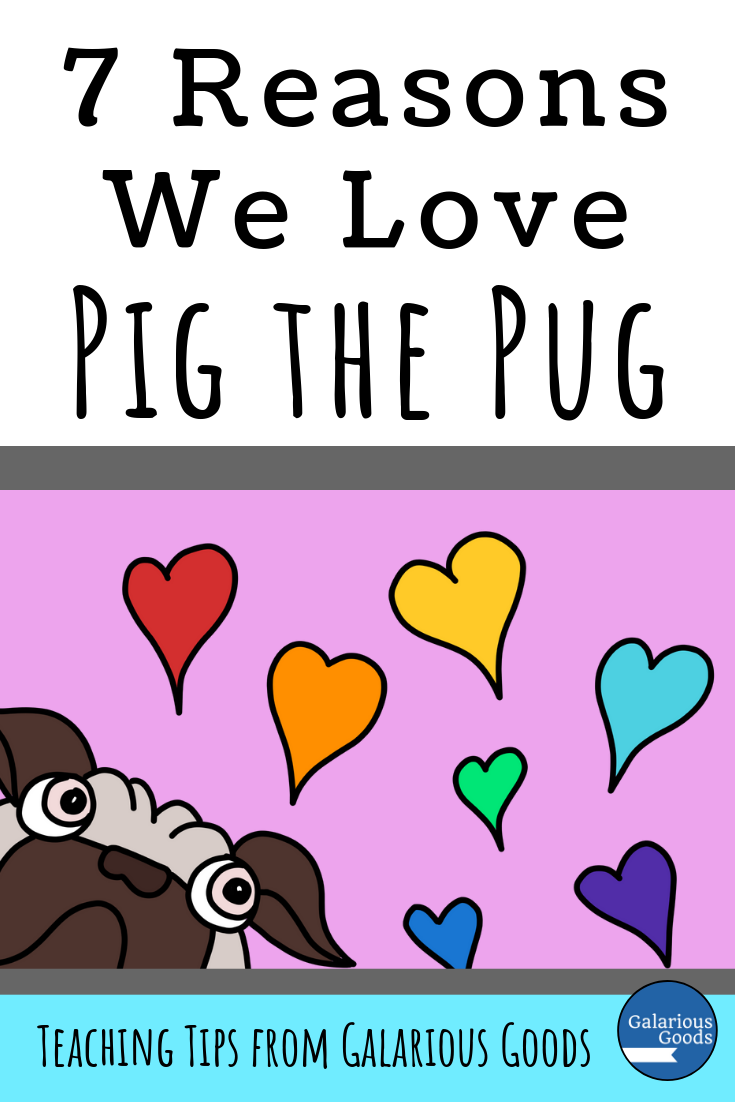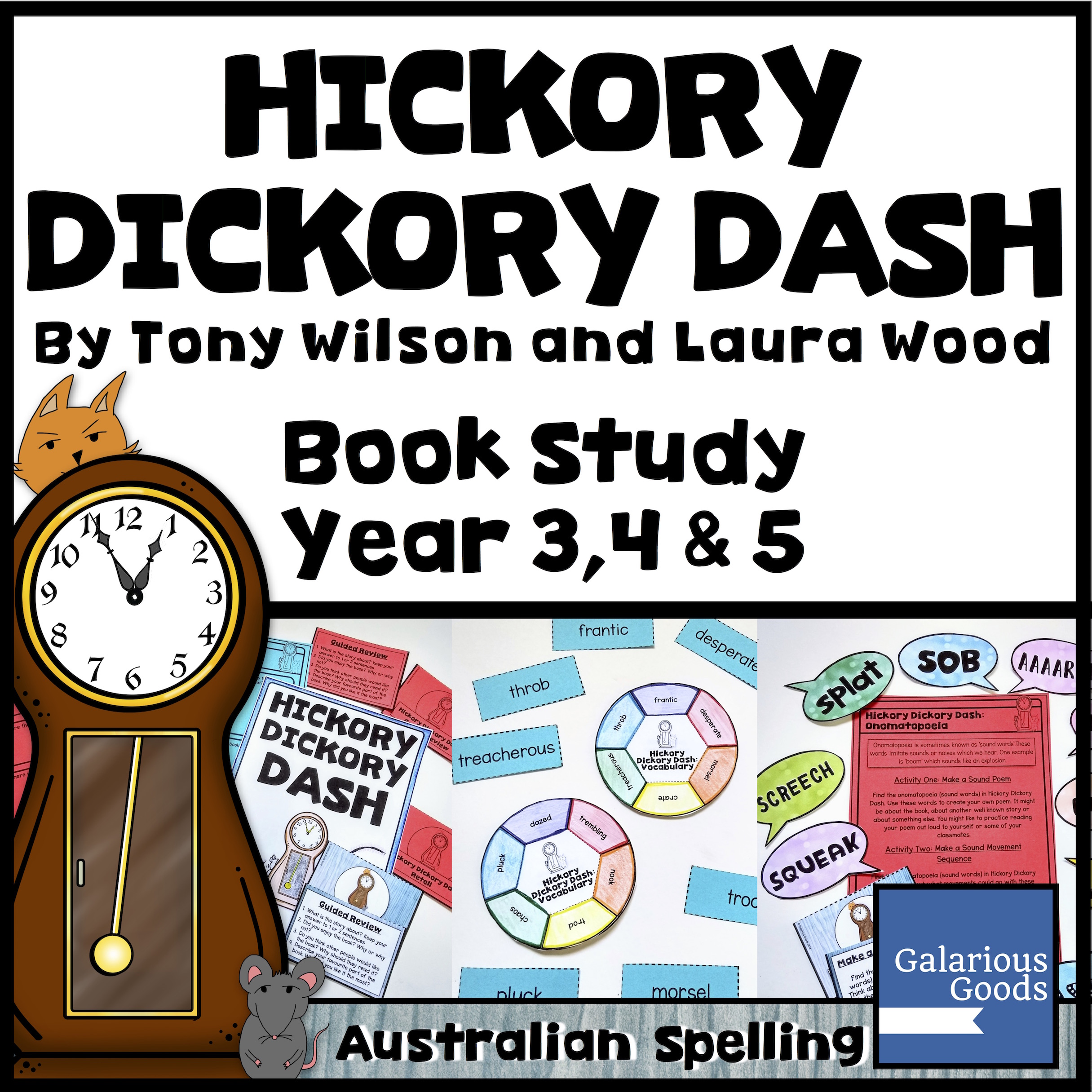12 Books to Read After Whitney and Britney Chicken Divas
/Whitney and Britney are the singing chickens coming to your classroom! But what books can you explore with your students once you’ve finished the story of the Chicken Divas? Here’s a list of 12 related picture books I’ve put together for you!
Books about Chickens
1. Rosie’s Walk by Pat Hutchins
Rosie goes on a walk, not realising that she’s being followed by a fox. The poor fox - who is obviously up to no good - is met with disaster every step of the way. This is a great book for comparisons - comparing what Rosie does with what happens to the fox, but also comparing the relationship between fox and chickens in Chicken Divas and the relationship in Rosie’s Walk.
Peggy is happy living in her little house, getting on with her daily activities . . . until one day a gust of wind blows her away and she finds herself in the middle of a city. Peggy needs to use her problem solving skills to get back home. Students can compare the behaviour of Peggy with the behaviour of Whitney and Britney - deciding which of the activities are ‘normal’ chicken activities and which ones are a little more unusual.
3. Banjo and Ruby Red by Libby Gleeson and Freya Blackwood
While this story focuses on Banjo, the best chook dog, you can’t forget about the spirited Ruby Red who defies the barks of Banjo until she can’t anymore. This story explores the friendship and love between these two animals and is a great story for prompting discussion about whether animals can have feelings and relationships.
Books about Performing Animals
4. Alpacas with Maracas by Matt Cosgrove
If you’re looking for animals who want to perform, you can’t go past that other musical (or not so musical) duo, Macca and Al. This is another great book for comparisons - looking at the different ways the animals put together their acts and the way they were received - and a great excuse for a class dance party!
5. Dance is For Everyone by Andrea Zuill
What do you do when an alligator turns up at your dance class? This gentle book is a great exploration of some of the issues that might arise when unexpected animals just want to dance. Students can brainstorm some of the other issues of animals turning up wanting to dance, explore animal themed music like The Carnival of the Animals or Flight of the Bumblebee or even create a dance featuring animals.
6. Josephine Wants to Dance by Jackie French and Bruce Whatley
Josephine just wants to dance - even when her brother tells her she can’t. When the ballet company needs her, she’s thrilled to leap her way into the performance. This is a lovely book looking at why an animal might like to perform - students can explore some of the reasons Josephine wants to dance and create their own reasons for Whitney and Britney.
Books about Solving Mysteries (like Dora)
7. What the Ladybird Heard Next by Julia Donaldson and Lydia Monks
When eggs go missing from the farm, the ladybird and her friends have a mystery to solve. This is a more complex problem than Dora’s but it’s delightful watching the animals working together to outwit the terrible crims and the different types of poultry make this a lovely follow up to Chicken Divas
8. The Very Hungry Bear by Nick Bland
Bear also has a food related problem - he’s hungry. Polar Bear can solve his problem, if Bear can solve Polar Bear’s problem. This is a great book for retelling - looking at the different problems the characters face and how they eventually solve them.
9. Wilfrid Gordon McDonald Partridge by Mem Fox and Julie Vivas
This is a very different type of problem Wilfred is trying to solve - he’s trying to help his neighbour find her memories. This is a lovely book to make connections between the past and the future - just like Dora used to be a performer and remembers this when she discovers the Chicken Divas, Wilfred uses different tools to help his neighbour remember her past.
Books about Foxes (And Wolves)
10. The True Story of the Three Little Pigs by Jon Scieszka
Foxes get a bad reputation in books. But just like Dora is a sweet fox who gets on very well with everyone around her, Alexander T Wolf wants you to know that he’s a really nice guy, wolves aren’t all bad and the story of the Three Little Pigs is just a big misunderstanding. This is a great opportunity to discuss how foxes and wolves are represented in media and why they are almost always the ‘bad guy’.
11. Fox by Margaret Wild and Ron Brooks
Fox is more true to stereotypes in this picture book more suited to middle and upper primary readers. Exploring friendship, trust and loneliness, this is a great book as a contrast to Chicken Divas. Students may like to compare the different ways text and fonts are used in both books and how they influence the way the readers read and react to the two books.
12. Hattie and the Fox by Mem Fox and Patricia Mullins
Just as we started with a book with a chicken and a fox, so we end! Hattie can see something, but all the other animals dismiss her . . . until all of a sudden we see the sneaky fox! This is an easy to read book which students can also compare with Chicken Divas. Students might like to question why Lucinda Gifford chose to make Dora a nice fox, when foxes are so often portrayed as sneaky or dangerous.



